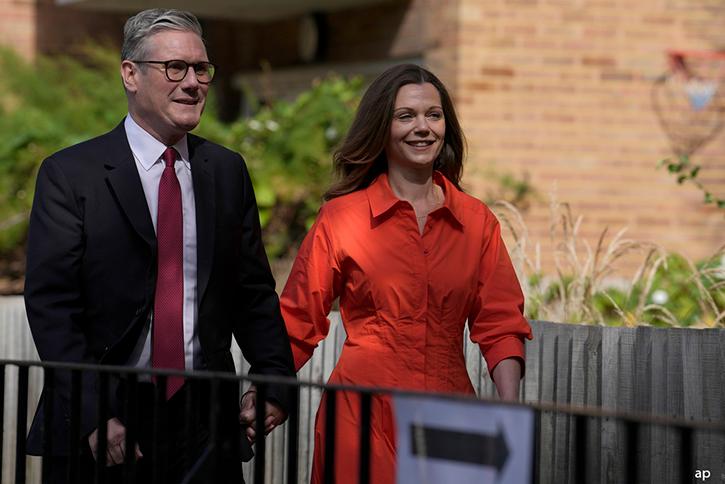The Chancellor has said one of the main aims of this Budget was to help more people save support the next generation. To this end he announced plans to:
- Launch a new ‘Lifetime Isa’ for the under 40s
- Increase the ISA limit to £20,000
- Launch a new Help to Save scheme for those on lower income
- Scrap tax on savings for the majority of UK savers
In an unexpected move George Osborne announced than from next year, April 2017, those aged under 40 would be able to take out a new ‘Lifetime ISA’, which would offer the tax benefit of a pension for basic-rate taxpayers but the flexibility of an ISA.
He claimed this would mean that the younger generation would no longer have to choose between “saving for a house or saving for a pension”.
Under the rules of this scheme savers can put up to £4,000 a year into this new ISA, and for every £4 they add, the Government will put in a further £1 – boosting their pot by up to £1,000 a year. For basic-rate taxpayers this is equivalent to the 20% tax relief they would get on pension contributions. Some pundits warned that this would be the end of pension saving and pointed out that lifetime ISAs would not benefit from additional employer contributions as workplace schemes do. Higher-rate taxpayers would be better off paying into a pension as this offers them 40% tax relief.
As with current ISAs there will be no restriction on when you can withdraw funds and no tax to pay on these withdrawals. The Government will consult on whether people will be able to ‘pay back’ withdrawals then reclaim the Government bonus. Similar rules apply in the US with their popular 401k retirement funds.
Pension U-Turn
This move comes after Osborne was forced to drop plans to reform the pension tax relief, replacing the current pension system, with something akin to the ISA regime. This was met with fierce opposition from the pension and savings industry, wealthier savers, and many of his own Conservative MPs.
However it remains to be seen whether the lifetime ISAs will prove popular with younger savers, helping to reduce the amount of money the Government spends on tax relief.
Younger Savers Set to Benefit
The lifetime ISA will clearly help younger workers, saving to get on the property ladder – a priority for this government. The current “Help to Buy” ISA can be rolled into this new ISA plan. However, there are concerns that this could effectively “kill-off” pension saving among the younger generations.
Dean Mirfin, technical director at Key Retirement warned: “The introduction of the lifetime ISA giving greater access and saving incentives may well seem a great addition, especially for younger savers but could this be yet another barrier to pension savings where there is commitment and focus on retirement.”
David Brooks, technical director at Broadstone said Osborne had “laid his cards on the table. The future is the Pension ISA.” He added: “The Lifetime ISA, with a combination of pension and mortgage saving, sounds like a very interesting idea but is surely the thin end of the wedge.
“With the age of 40 set rather arbitrarily it isn’t hard to see, if successful and with high take up, that it couldn’t be opened up to all savers in due course.”
ISA Allowance Increase for All
Those aged more than 40 also had some good news on saving: the annual ISA allowance, currently £15,240 will be raised to £20,000 for the next tax year.
Reforms in previous Budgets have removed the restrictions on how much can be kept in cash, and allowed savers to switch from equities to cash - and back again - without losing this tax-free wrapper.
Help to Save
Osborne also confirmed details of the new Help to Save scheme, announced by the Prime Minister on Monday. This scheme, offered to those on universal or working tax credit will effectively boost people’s savings by 50% if they commit to saving over a two year period.
To get the bonus savers need to save up to £50 a month into the scheme. At the end of the two year the Government will pay a 50% bonus into the account. So if the maximum is saved each month they’ll have £1,200 in the bank, to which the Government will add a further £600. There’s the option to then extend this for another two years on the same term.
While the scheme is certainly generous there are questions as to whether many of this target group will be able to save sufficient amounts to qualify for the bonus.
Saving Allowance
In his last Budget George Osborne announced a new savings allowance, which means the majority of savers in the UK will not pay any tax on their savings.
This comes into effect in the new tax year on April 6. Basic-rate taxpayers can earn £1,000 in interest a year before they need to pay tax. Higher-rate taxpayers can earn £500 a year in interest, but there is no tax-free savings allowance for additional-rate taxpayers.
This means basic-rate taxpayers can have almost £75,000 on deposit in a best-buy easy access account, before they need to pay any tax on the interest earned. Higher-rate taxpayers can have around £37,000 on the same account before they’ll need to include details of interest on their tax return, and pay tax on the balance due.
George Osborne said that as a result 95% of savers in the UK will no be taxed on their savings. However one knock-on effect will be that cash ISAs are effectively pointless for many savers.
However those who have all their savings in cash may still want to shelter some of their savings in these ISAs, this may protect them from being hit with an unexpected tax bill should taxes rise sharply in future.




























